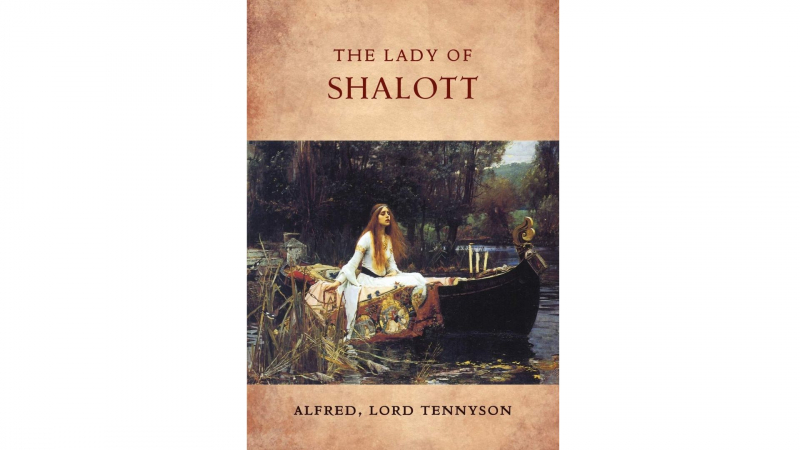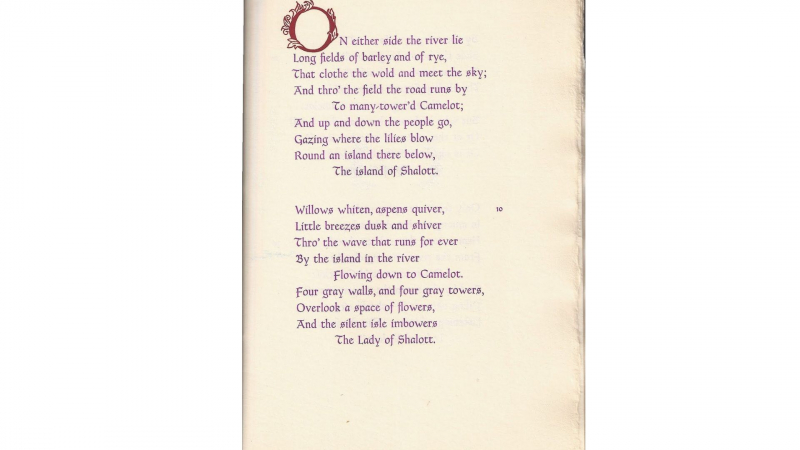Alfred Tennyson Stopped Producing New Works After His Second Work
Tennyson published his second collection of poems in 1833, which is notable for containing the initial draft of "The Lady of Shalott." Inspired by the short prose work Donna di Scalotta from the 13th century, it depicts the tragic tale of Elaine of Astolat, a young aristocrat who becomes trapped in a tower far away from Camelot. One of the poet's most well-known pieces, its vivid medieval romanticism and mysterious symbolism served as an inspiration to a number of painters, particularly the Pre-Raphaelites and their adherents, as well as other artists and authors. It lightly adapts medieval sources to reinterpret Arthurian subject matter, similar to his other early works like "Sir Galahad." The poem was written by Tennyson twice, once in 1833 with 20 stanzas and again in 1842 with 19 stanzas.
Tennyson was discouraged by the volume's harsh reviews, which prevented him from publishing for ten years even though he continued to compose. Hallam passed away unexpectedly and suddenly the same year while on vacation in Vienna due to a brain hemorrhage. Tennyson was profoundly affected by Hallam's passing, which resulted in a number of poems, including "In the Valley of Cauteretz" and "In Memoriam A.H.H.," a lengthy poem that describes the "Way of the Soul".






